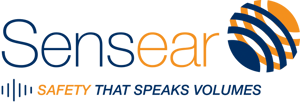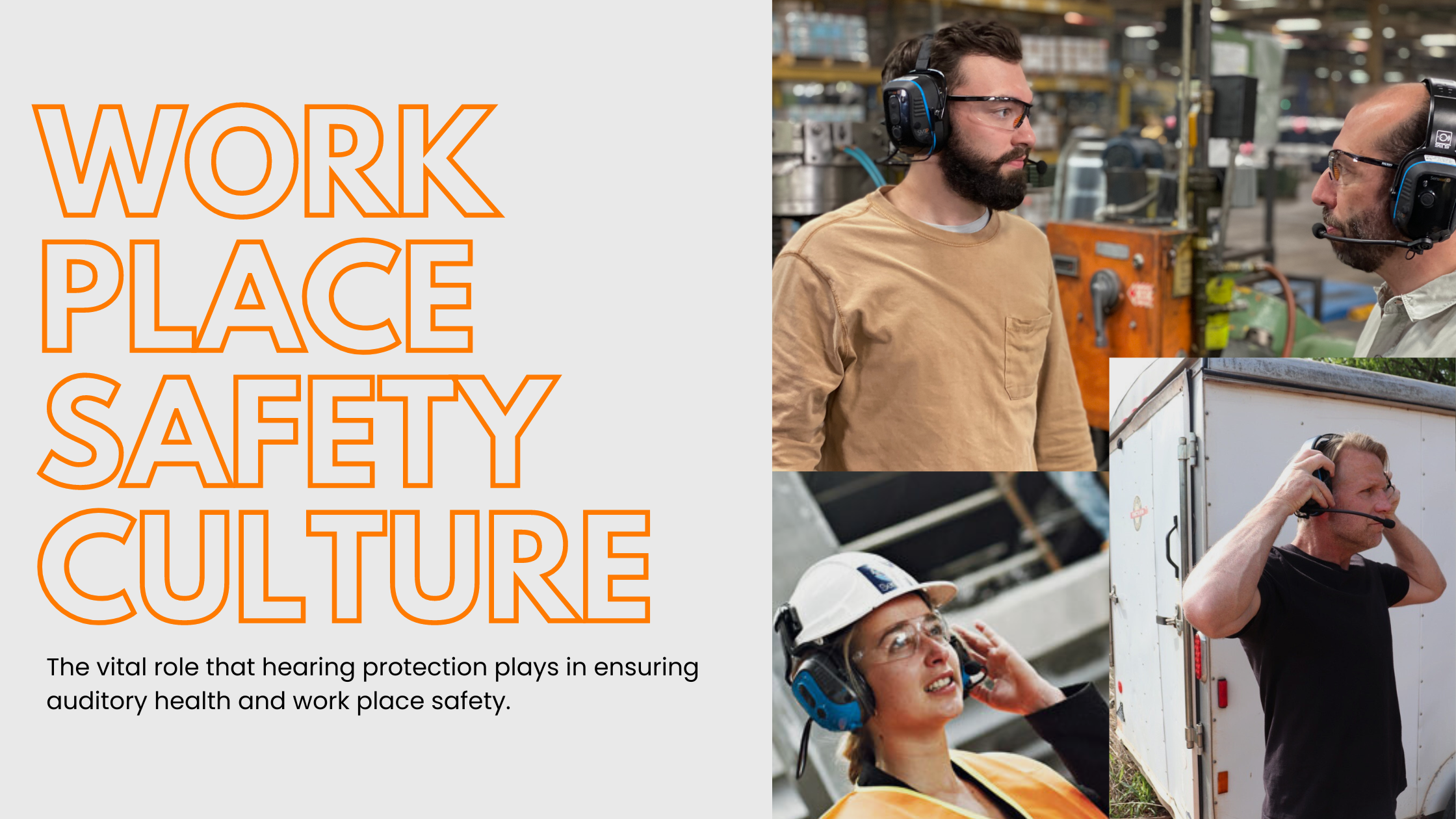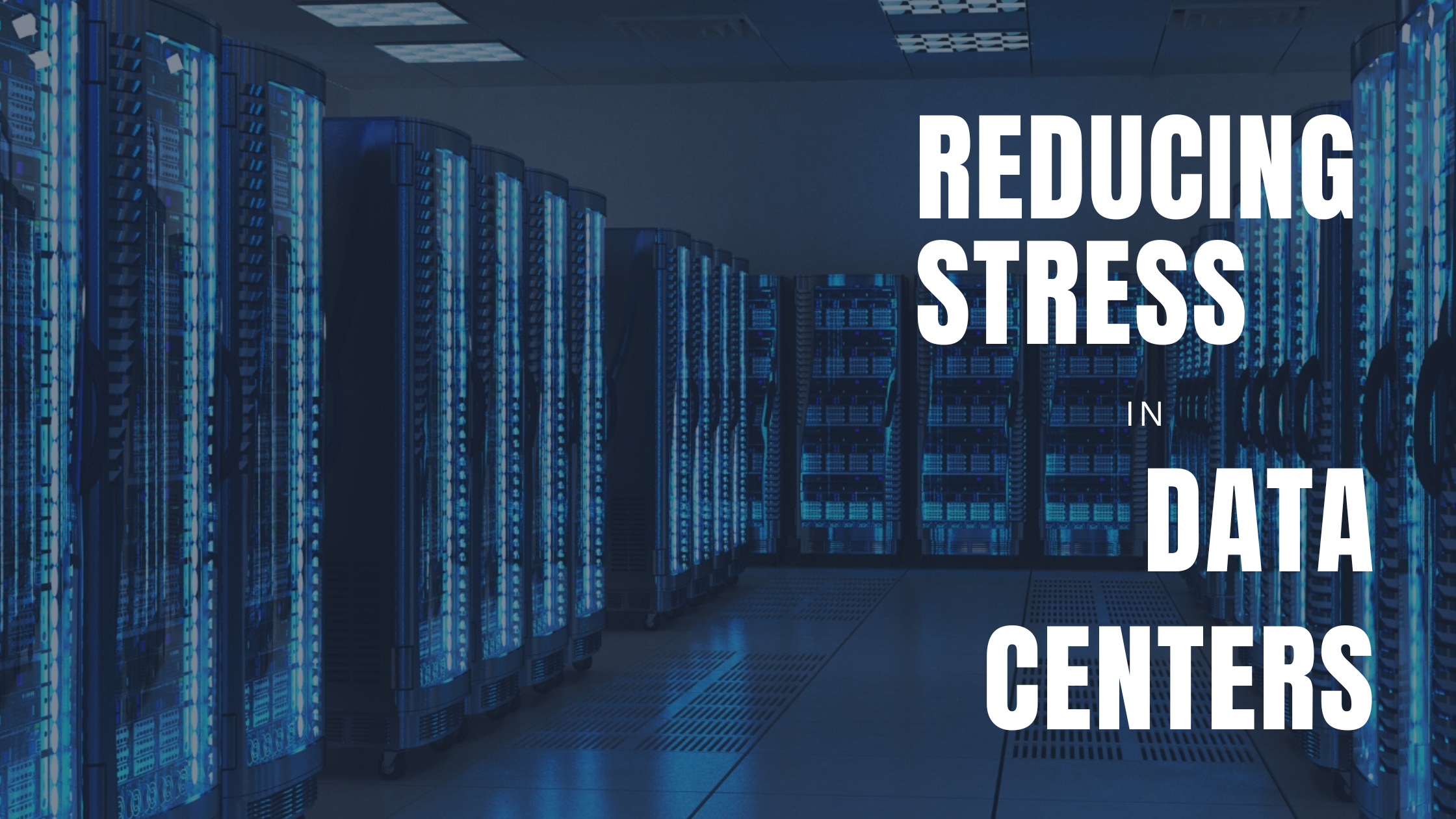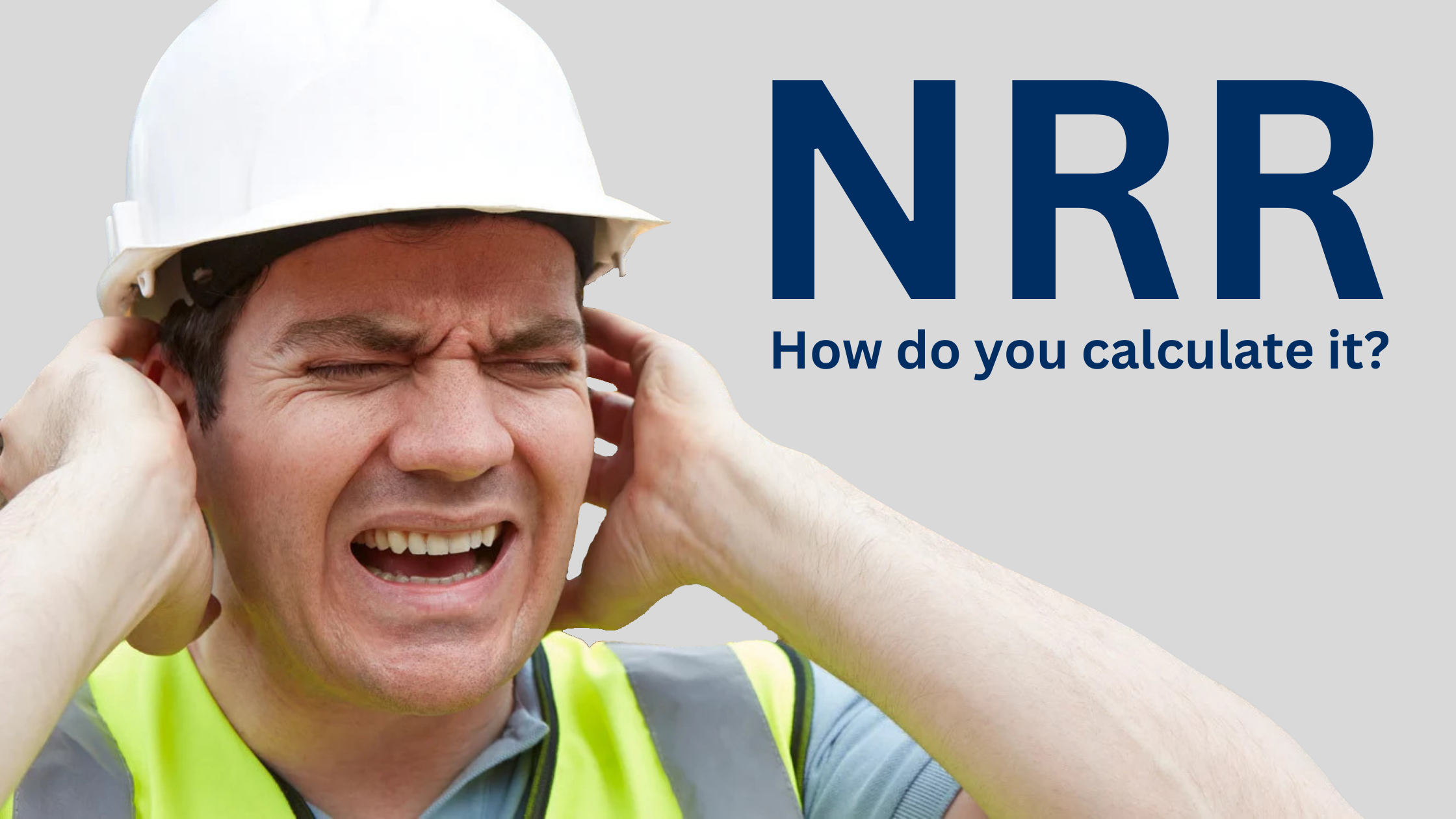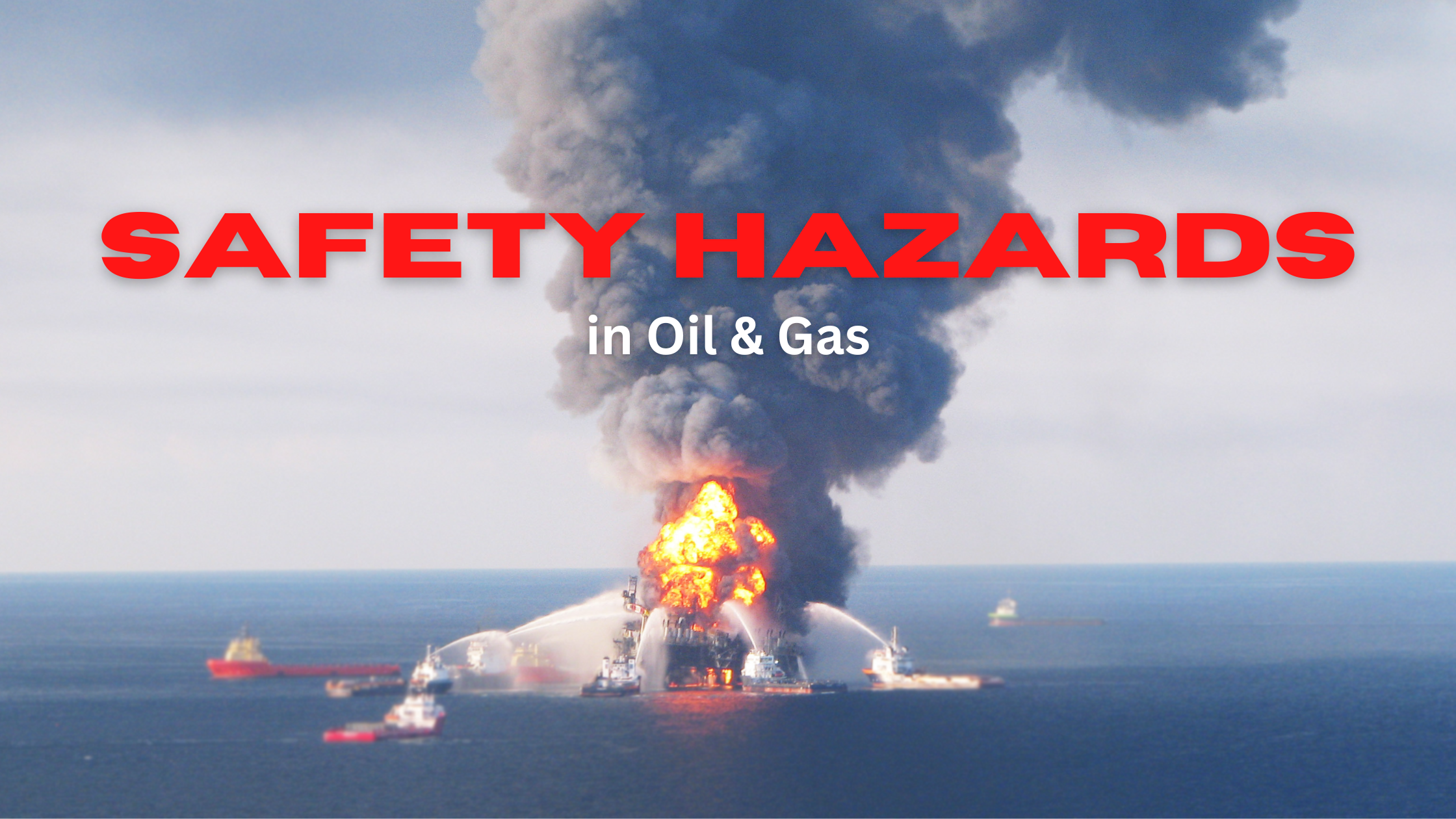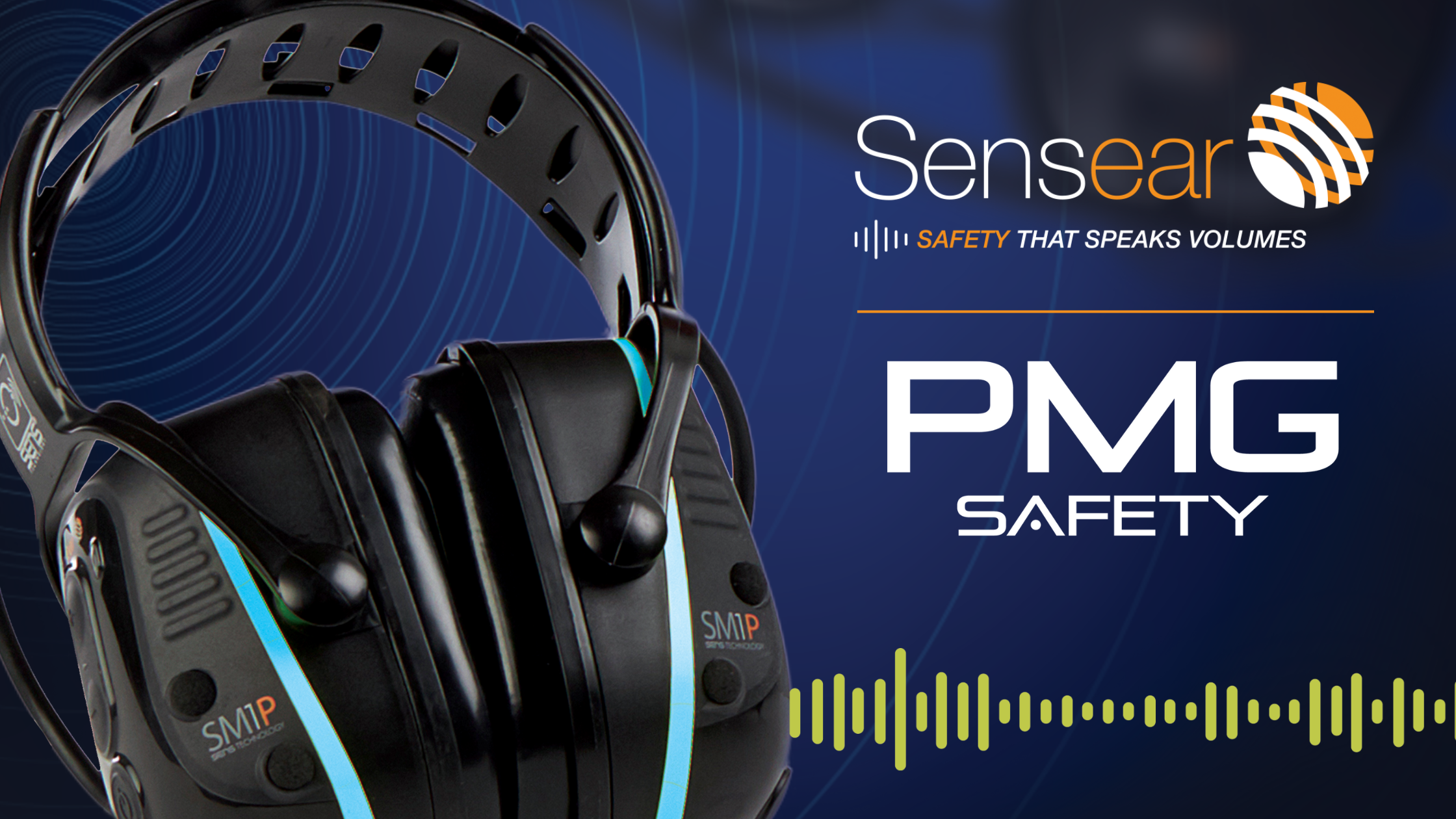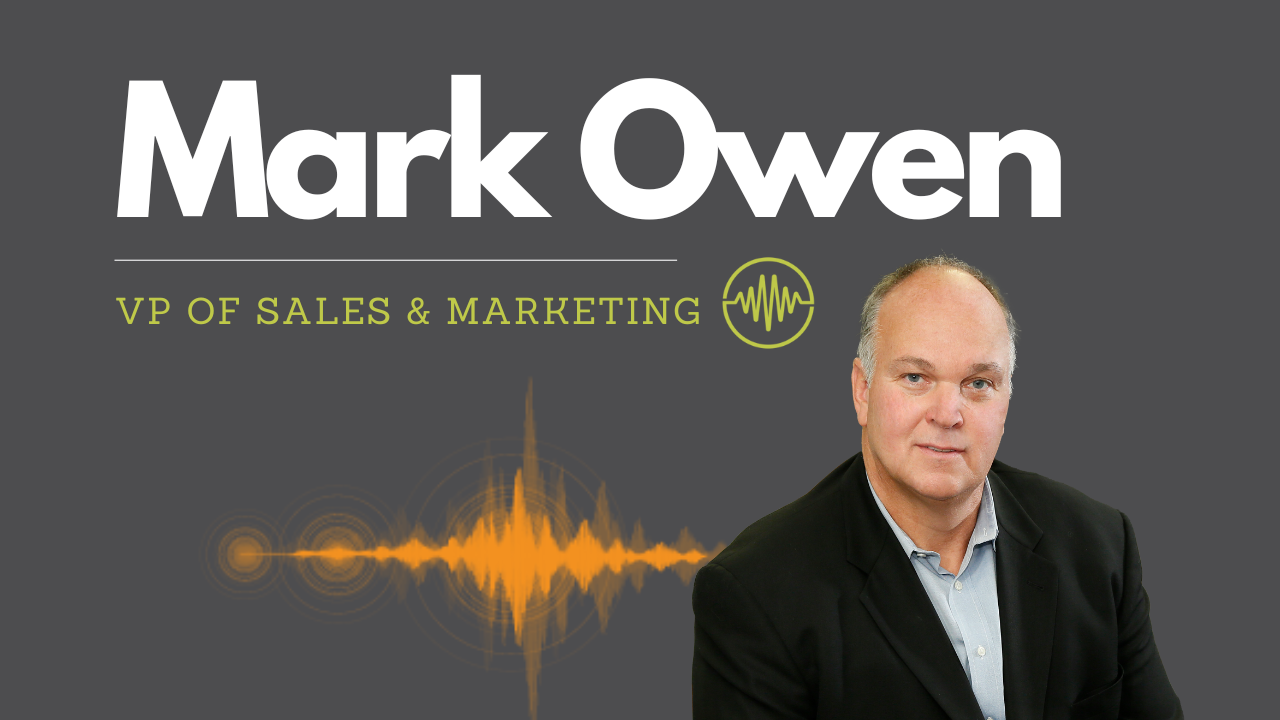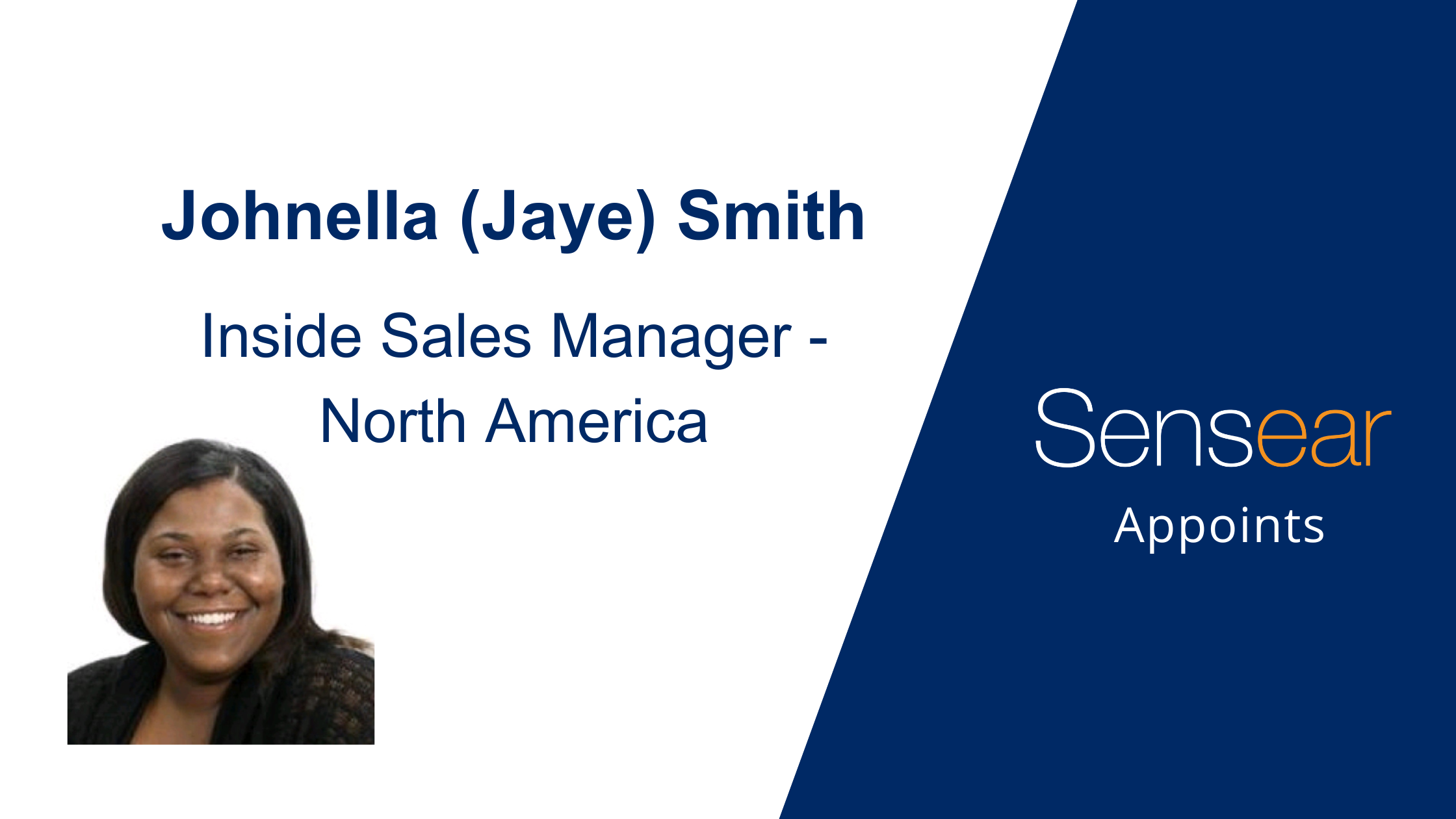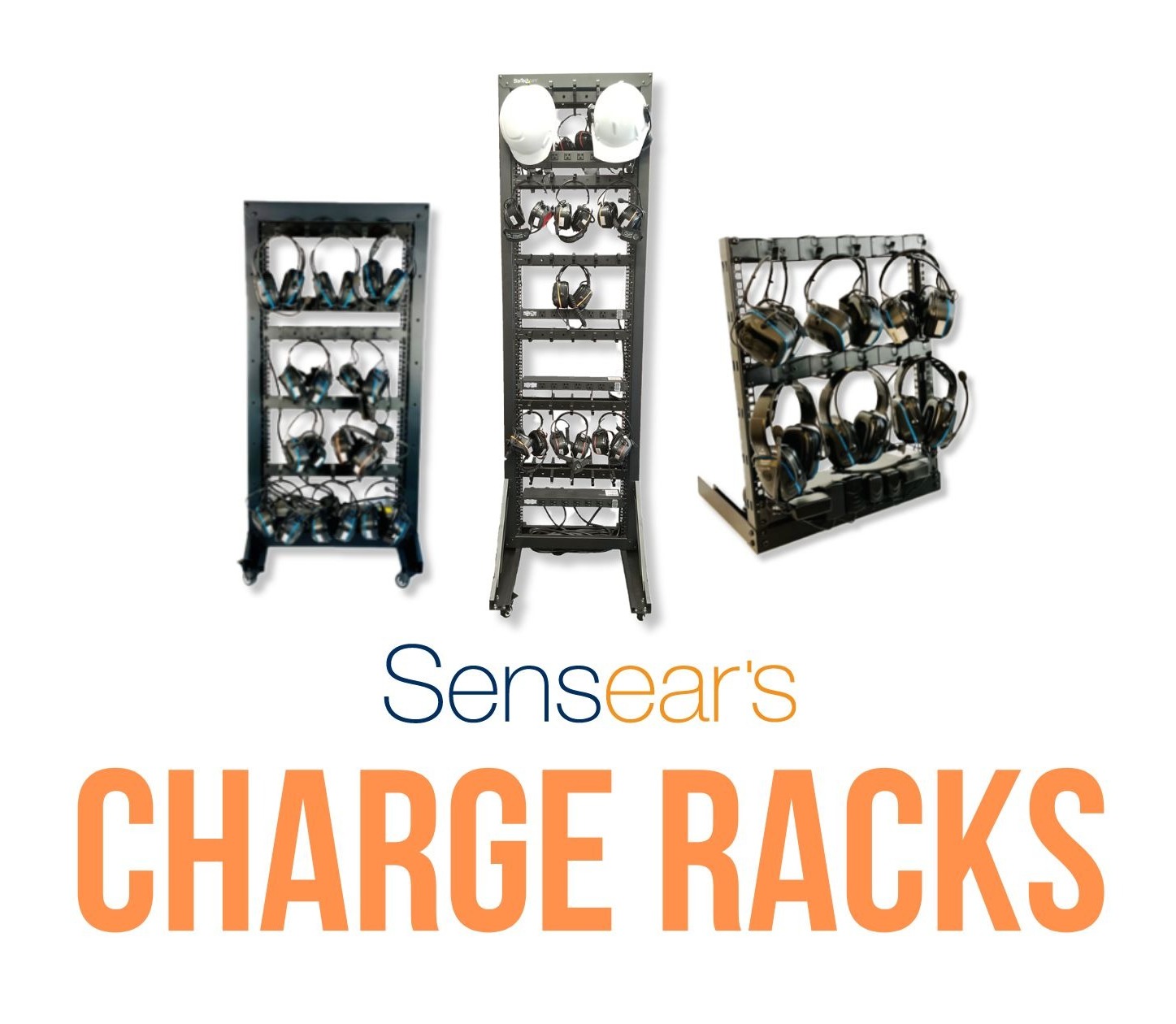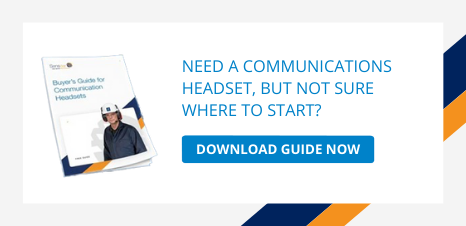Is There Such Thing as Overprotection of Your Hearing?
You can’t have too much of a good thing, including protection of your hearing, right? A recent article suggested that employers need to be concerned with over-protection of hearing on work sites. While the point is well taken that older earplugs and earmuff protection devices may impede the workers’ safety, this view is no longer applicable with today’s technological advances in hearing protection devices (HPDs). In the past, the onus was simply on a reduction in noise levels, providing basic hearing protection for workers in harsh, noisy environments. This had distinct disadvantages when compared to the options available with today’s headsets. Employers’ moral, ethical, and legal obligations to provide a workplace environment that is conducive to the health and safety of their workers, requires constant reevaluation of available solutions. In those conditions where noise levels exceed published guidelines for worker safety, HPDs are required to reduce extreme decibel (dBA) levels that reach workers' ears, protecting them from short-term ill effects, or even permanent damage or disability.
This protection, while absolutely necessary for workers’ health and well-being, may, in fact, put them at risk, if the wrong solution is implemented. In the past, constituted overprotection may be an issue when a worker’s hearing is compromised by his HPD, reducing his ability to detect warning signals, moving equipment or vehicles, or communications with coworkers. Any of these conditions suggests a hazardous environment, as well as reduced productivity. Out-dated equipment that merely reduces noise levels can no longer be viewed as a solution. Vastly improved alternatives are available today.
How to Know What You Need
In order to provide workers with adequate protection, yet not endanger the work environment, noise levels in the work areas must be evaluated and monitored, to determine the appropriate solution for each area. Hearing protection is definitely not a "one-size-fits-all" scenario. HPDs suitable for mine workers will vary considerably from workers on a drilling platform and will be totally different from protection needed in a computer data center. Each of these has its own unique noise sources and requires protection that provides a different Noise Reduction Rating (NRR). Solutions for the varying conditions require HPDs that protect to the proper safe levels, without overprotecting.
Risk Potential and Solutions
When workers are unable to communicate with each other effectively, it’s not uncommon for the HPDs to be removed for voice communications. This, of course, defeats the purpose of the protection and endangers the worker from unnecessary noise exposure. Inability to communicate may also lead to misunderstanding between workers, causing mistakes, lost productivity, increased stress levels, and workplace accidents.
Today, technology has greatly expanded options in selecting HPDs, including headset and earplug designs. Models are available that provide hearing protection, yet enhance speech recognition and environmental awareness. This same capability can be further combined with models supporting two-way radios, Bluetooth-enabled devices (Bluetooth® radios, smartphones, etc.), and headset-to-headset communications. Various wearing options can even be selected to match your requirements, including headsets, helmet mount, or behind-the-neck configurations.
Selecting the right solution for any given application will ensure worker satisfaction, safety, and effective communications, without the negative effects of overprotection.
Taking Appropriate Action
An effective hearing conservation program will include ongoing monitoring of noise levels, selection of appropriate HPDs, worker training, and periodic reevaluation. These activities ensure compliance with regulatory agencies, safety for all workers, and increased productivity.
Sensear is committed to providing our customers with reliable, effective solutions. For additional information about how Sensear can address your specific hearing protection and communications requirements, contact one of our high-noise-level communication specialists.
Follow Sensear and always be in the know.
Follow @HearSensear